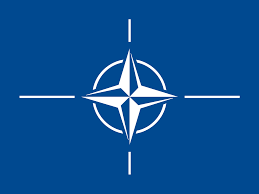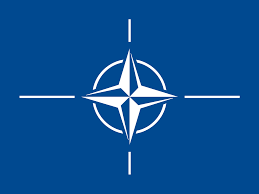Changes Anticipated in Taiwan Military Aid and AUKUS Framework
Recent statements from U.S. officials suggest that significant changes may be on the horizon for military aid to Taiwan, as well as potential adjustments to the AUKUS security pact involving Australia, the United Kingdom, and the United States. The discussions come amid rising tensions in the Asia-Pacific region and a critical evaluation of U.S. foreign policy regarding defense cooperation with allied nations.
Officials have indicated a reassessment of the U.S. support offered to Taiwan, which has been a focal point for U.S. strategy in countering China’s increasing influence. The Biden administration has signaled a commitment to enhance Taiwan’s defense capabilities, recognizing its strategic position and the necessity for robust military support. This shift aims to ensure Taiwan is sufficiently equipped to deter any aggressive posturing or military action from China, particularly as Beijing ramps up its military activities in the Taiwan Strait and surrounding waters.
This emerging focus on Taiwan’s military assistance may also reflect a broader reevaluation of U.S. defense spending and resource allocation in the Indo-Pacific region. It appears that U.S. officials are contemplating new frameworks for military support, which could involve advanced weaponry, training protocols, and intelligence sharing. These possible shifts are designed to modernize Taiwan’s forces in alignment with contemporary warfare tactics, enhancing its ability to withstand challenges posed by the People’s Liberation Army.
In parallel with discussions about Taiwan, the AUKUS pact—formed in 2021—is also under scrutiny for potential modifications. The trilateral security partnership was initially established to bolster defense ties and promote regional stability; however, the dynamics are evolving. U.S. and UK officials are reportedly revisiting the terms of the agreement to ensure it remains responsive to the changing security landscape in the region.
Key aspects under consideration may include the speed of nuclear submarine technology transfers and collaborative defense initiatives among AUKUS partners. The possibility of integrating more robust joint exercises and increasing cyber defense cooperation has emerged as priorities among the signatories, aiming to present a united front against potential threats.
The evolving situation in the Asia-Pacific region underscores the necessity for collaborative strategies among these allied countries. With tensions on the rise, particularly regarding China’s military assertiveness, the United States and its allies recognize the importance of an adaptable defense posture that addresses immediate concerns while preparing for future challenges.
In summary, as U.S. officials signal imminent changes to military assistance for Taiwan and potential adjustments to the AUKUS framework, the underlying aim is to fortify the defense capacities of allied nations in the region. Enhancing military readiness and cooperative frameworks is viewed as vital in countering a more aggressive regional stance from China, with a focus on preserving peace and stability in the Asia-Pacific area.
Source


